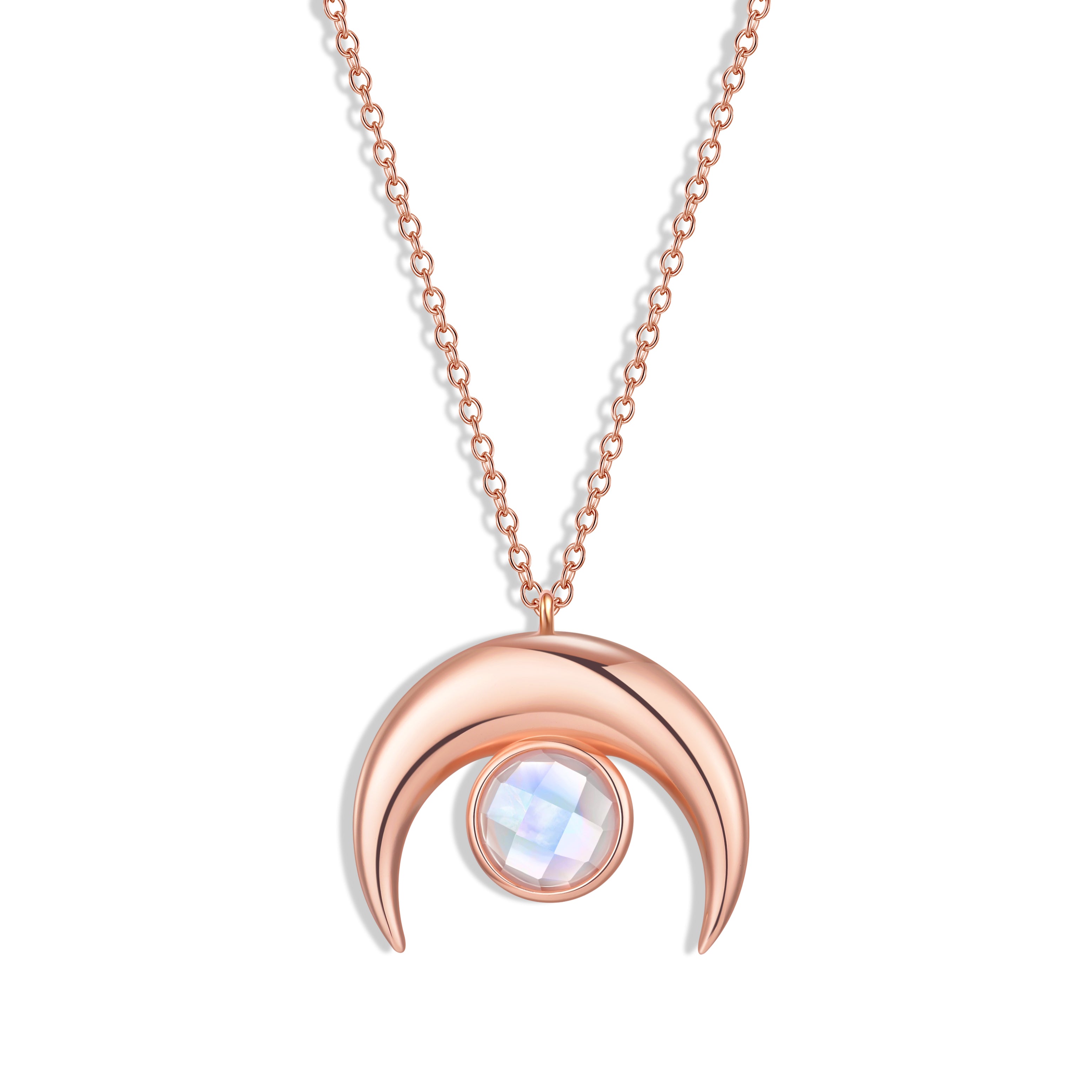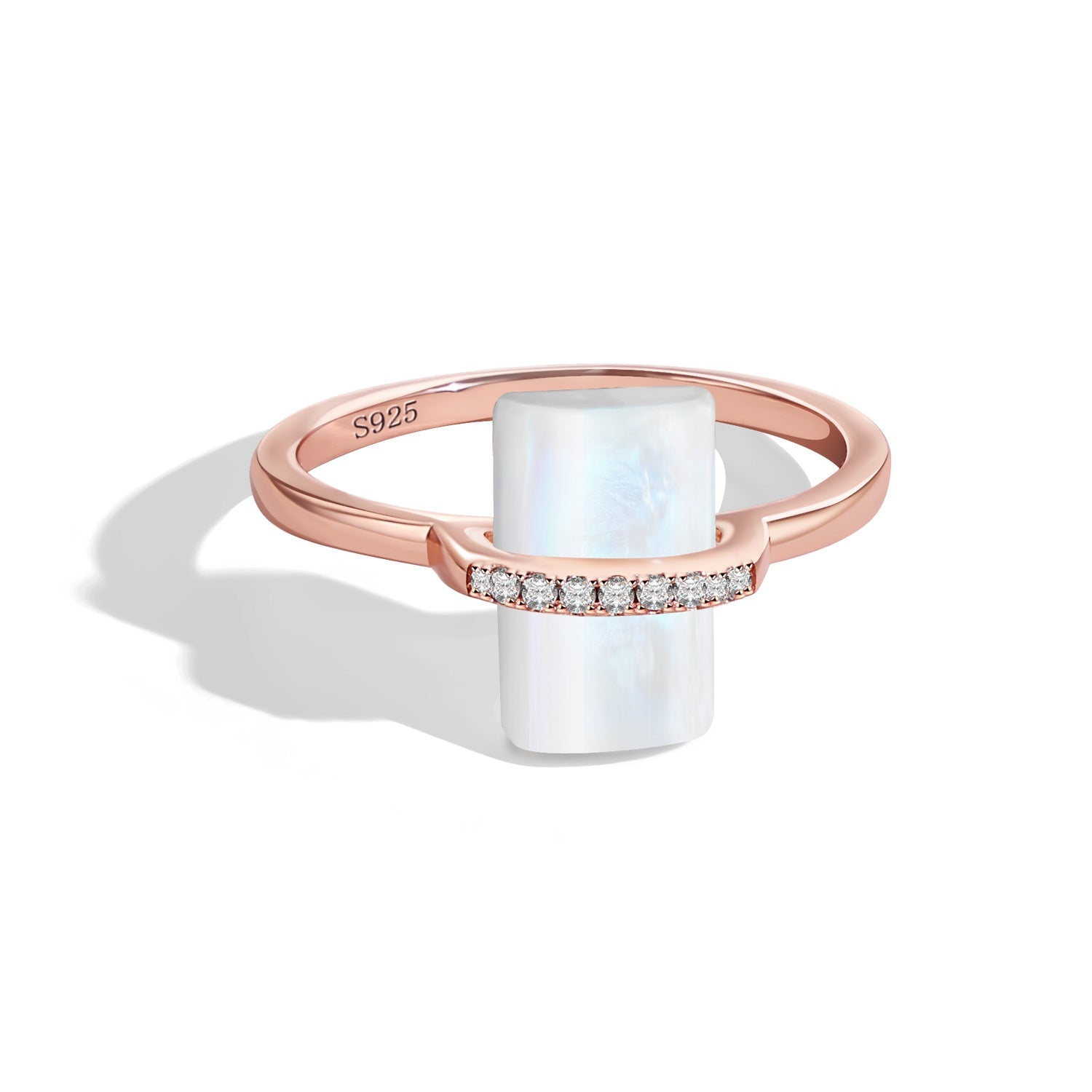The gem chrysocolla is derived from the Greek words “chrysos,” which means gold, and “kola” or glue. Raw chrysocolla was first named by the Greek philosopher and botanist Theophrastus in the year 315 B.C. in his “Treatise on Stones” manuscript. The name indicated that the unique chrysocolla gemstone was used by goldsmiths to help weld or solder gold pieces.
In the Middle Ages, chrysocolla rocks were purported to have important medicinal properties and the potent power to heal. Rumor has it that Cleopatra, Queen of the Nile, wore the gemstone as a calming agent during tense negotiations, and that ancient Egyptians reportedly buried their children with chrysocolla amulets to serve as a gem of protection for the afterlife. It may have also been employed by Nero, the famous Roman Emperor, who dusted the blue-green powder in arenas where chariot races were held during that era.
Since that time, the stone chrysocolla has served as artistic fodder for goldsmiths, artists, painters, creatives, and jewelry designers. In fact, painters in the Renaissance era ground up the chrysocolla stone and used its lush blue and green hues for fresco painting and to illustrate manuscripts. More recently, healers of many cultures have turned to the chrysocolla gem for its mystical healing properties. Today, chrysocolla is beloved by artists, jewelry makers, and wearers alike and is often substituted for turquoise or used in combination with it.


















